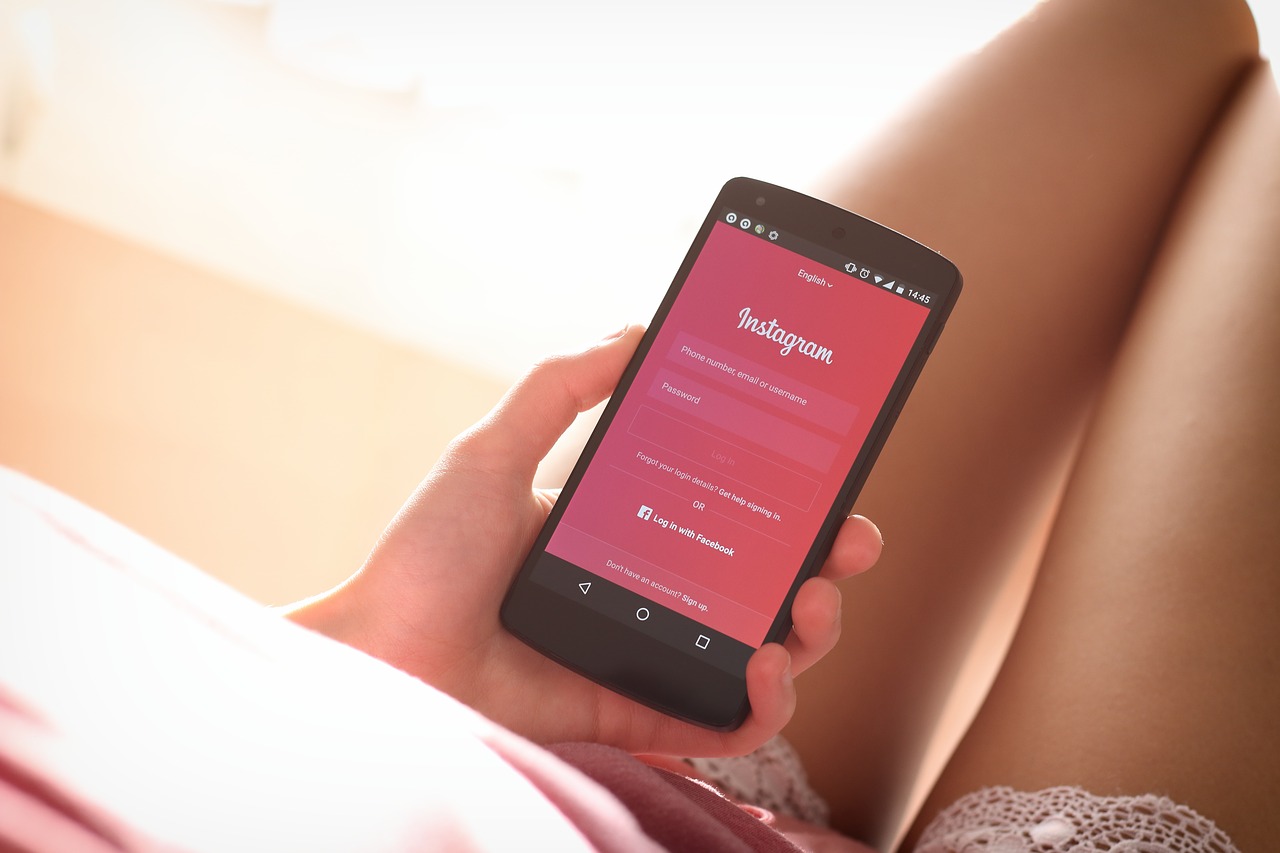“The meaning coded into words can’t be measured in bytes. It’s deeply compressed. Twelve words from Voltaire can hold a lifetime of experience.” —Mark Horowitz, “Visualizing Big Data.” Wired. Today there are number of analytic programs that analyze numbers but the big problem is that they can’t analyze sentiment. Sure you can use keywords to try and capture how people feel about your brand but you really need people who can understand what is being said, why it is being said and then respond in Internet time.
We care a lot about participation and engagement. That’s a lot of marketers number one metric. But when we’re using social media as a research vehicle, then it’s sentiment and opinion—the quality of what people are saying about the brand, what words they’re associating with the brand that are important. In a New York Times article called “Mining the Web for Feelings, Not Facts” , Alex Wright put it this way: The practical side of this is technically challenging. Again and again, we face the conflict between human communication norms and computer processing limitations. It takes a person to understand a person—and even then it’s easy to misunderstand.
When marketers want to do very accurate measurement of Twitter, they have to use human readers. It’s the only way to really understand the language, that is “what is being said and why”. The important thing about sentiment analysis is that it is a more direct window into the hearts and minds of the marketplace. It is the actual pulse of opinion whether it’s about your brand, your industry, or your latest viral video.
human readers. It’s the only way to really understand the language, that is “what is being said and why”. The important thing about sentiment analysis is that it is a more direct window into the hearts and minds of the marketplace. It is the actual pulse of opinion whether it’s about your brand, your industry, or your latest viral video.
However some people believe that sentiment analysis may not be the sole answer to monitoring a brand on social media. Forrester Research’s Suresh Vittal thinks our expectations are too high. “I think we’re giving it too much of a bad name. I think marketers should stop viewing sentiment analysis as a silver bullet. View it as a great directional tool. View it as something that builds the foundation of customer attitudes and preferences that the marketer has to refine on a periodic basis. The system applies his logic as a business rule on top of it’s analytical system and refines sentiment for future posts and conversations”
Engagement alone is not a good metric to follow
 Engagement is when somebody cares and interacts. Both are necessary if you’re going to measure your social media marketing. You can interact with videos, games, jokes, the weather, etc. and not really care about the brand. If you do it enough, you may grow an affection for the brand, but you wouldn’t go out of your way to hunt it down if it changed its name and left no forwarding address.
Engagement is when somebody cares and interacts. Both are necessary if you’re going to measure your social media marketing. You can interact with videos, games, jokes, the weather, etc. and not really care about the brand. If you do it enough, you may grow an affection for the brand, but you wouldn’t go out of your way to hunt it down if it changed its name and left no forwarding address.
Alternatively, you may think the world of a Mercedes Benz car. You may decide that you have really arrived if and when you can park E350 in your driveway. However, you have no intention of buying one. Your day-dream is idling by the curb. You don’t visit the web site, go out of your way to read articles, or look at pictures of them. You just think it’s the a great brand and status symbol. Your brand affinity is high but your interaction is low. Therefore, you are not engaged.
Engagement is a conversation and that conversation cannot be one sided. It is also telling someone else “hey, look what I found” or “this is great”. Too many MBA marketers are taught to use quantitative metrics for everything but the reality is that the number of followers and people who like your brand mean little in an era of “digital bumper stickering”.
So what does all this mean ?
(1) It means that there is a potential gold mine of information via social media but that social media analytic programs alone are NOT the answer.
(2) You need people who can quantify brand sentiments as positive, negative or neutral.
(3) You need to respond to both good and bad comments about your brand. Don’t do it in corporate speak, use a human voice and reach out.
(4) People who can sway others from brand detractors to brand ambassador’s are worth their weight in gold. Reward them and encourage them and always remember to say thank you.
(5) Anybody that tells you that their social media analytic program or service can do it all is full of crap. Right now there is not one service that can do it all. They can provide you lots of data but if you respond too late or don’t have someone to tell you what that data means, in the form of action, it’s pretty much worthless.
(6) Listen. Expect to fail and expect people to ignore you at first until you learn to talk to them in a way that they want to be heard.
Why ?
- When asked what sources “influence your decision to use or not use a particular company, brand or product” 71% claim reviews from family members or friends exert a “great deal” or “fair amount” of influence. (Harris Interactive, June 2010)
- 53% of people on Twitter recommend companies and/or products in their Tweets, with 48% of them delivering on their intention to buy the product. (ROI Research for Performance, June 2010)
- The average consumer mentions specific brands over 90 times per week in conversations with friends, family, and co-workers. (Keller Fay, WOMMA, 2010)
- Consumer reviews are significantly more trusted- nearly 12 times more- than descriptions that come from manufacturers, according to a survey of US mom Internet users by online video review site EXPO. (eMarketer, February 2010)
- In a study conducted by social networking site myYearbook, 81 percent of respondents said they’d received advice from friends and followers relating to a product purchase through a social site; 74 percent of those who received such advice found it to be influential in their decision. (Click Z, January 2010)
- 90% of consumers online trust recommendations from people they know; 70% trust opinions of unknown users. (Econsultancy, July 2009)
- 44% of Moms use social media for brand/product recommendations; 73% trust online community recommendations. (BabyCenter LLC, July 2009).
- Friends still play an important role in influencing consumers. Eighty-three percent of online shoppers said they are interested in sharing information about their purchases with people they know, while 74 percent are influenced by the opinions of others in their decision to buy the product in the first place. (Manage Smarter, September 2009)
- Online user reviews have the biggest influence on consumer electronics purchases, with 43.7 percent of purchases affected by word of mouth. (BIGresearch, December 2009)
- Users put great trust in their social networks. One-half of Beresford respondents said they considered information shared on their networks when making a decision—and the proportion was higher among users ages 18 to 24, at 65%. (eMarketer, October 2009)
- A March 2009 study by Knowledge Networks found that between 10% and 24% of US social media users turned to social networks when making purchase decisions about various categories of products and services. (eMarketer, October 2009)
- There were nearly 116 million US user-generated content consumers in 2008, along with 82.5 million content creators. Both numbers are set to climb significantly by 2013. (eMarketer, February 2009)
- 67% of shoppers spend more online after recommendations from online community of friends. (Internet Retailer, September 2009)
- Facebook, blogs, Twitter and customer reviews are considered the most effective tactics for mobilizing consumers to talk up products online. (Etailing survey of 117 companies, September 2009)
- Consumers say that word of mouth is still the number one influence in their electronics (43.7%) and apparel (33.6%) purchases. (Retail Advertising and Marketing Association/BIGresearch Study, December 2009)

